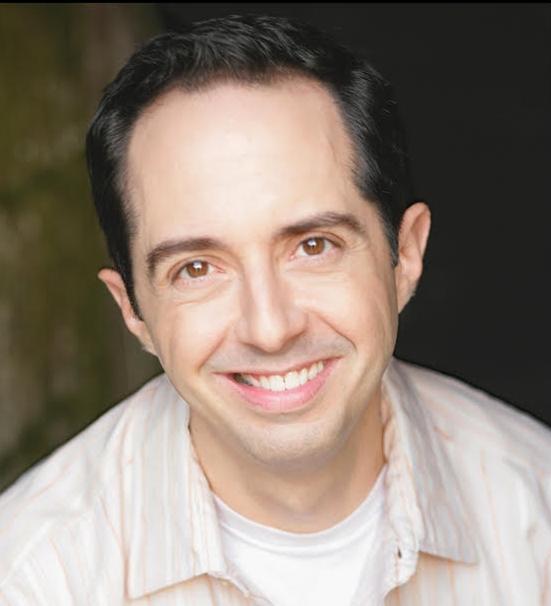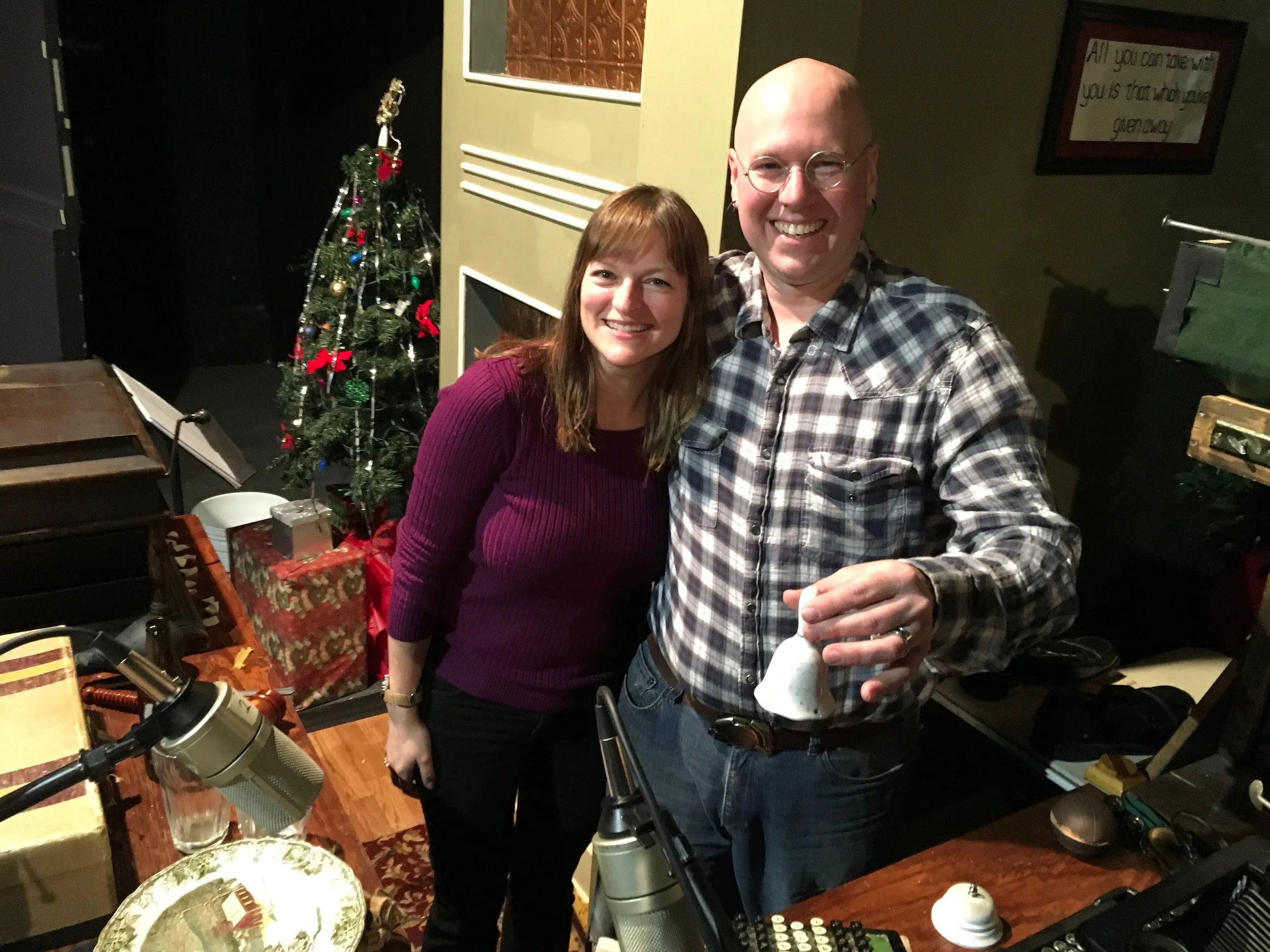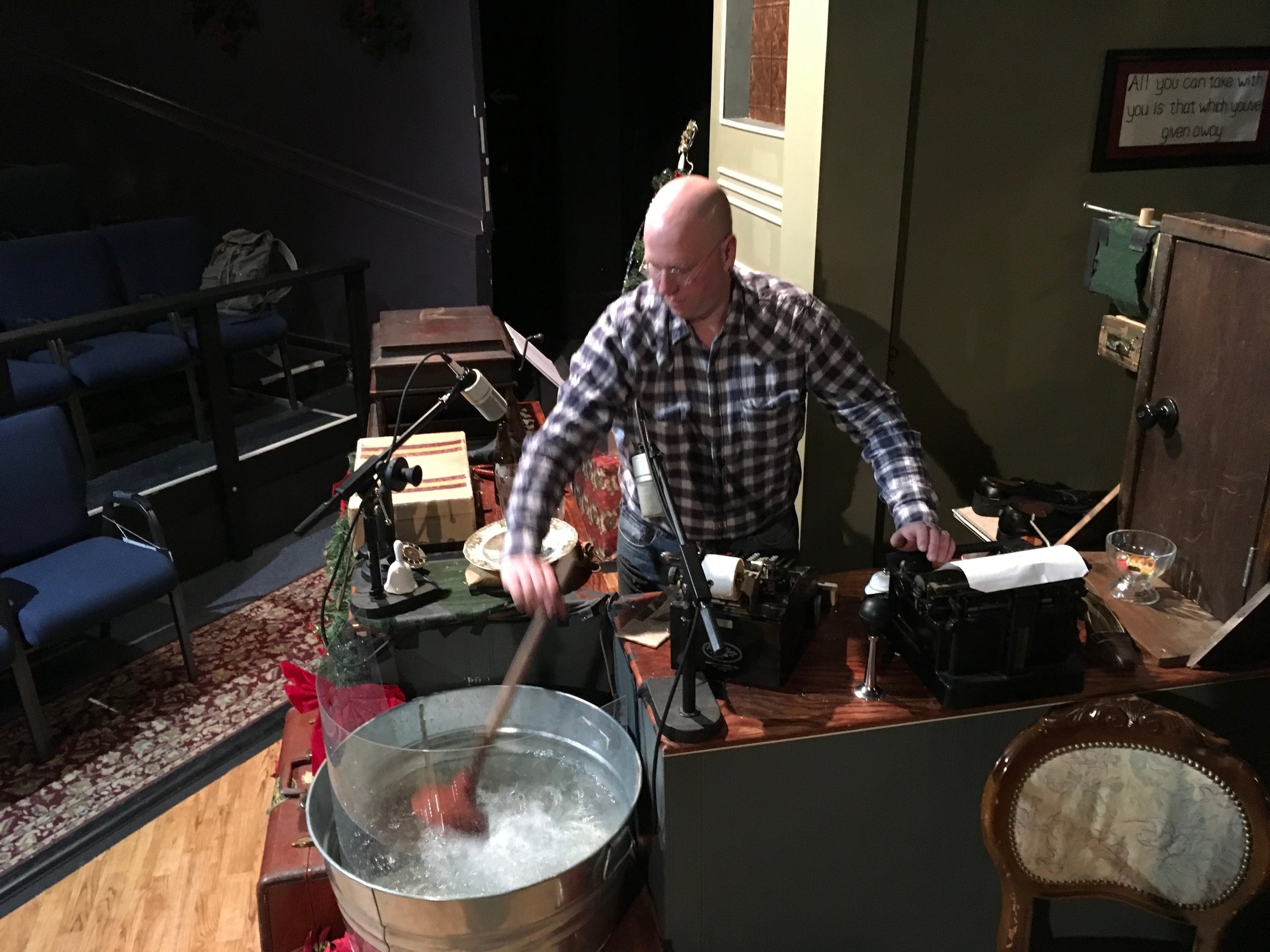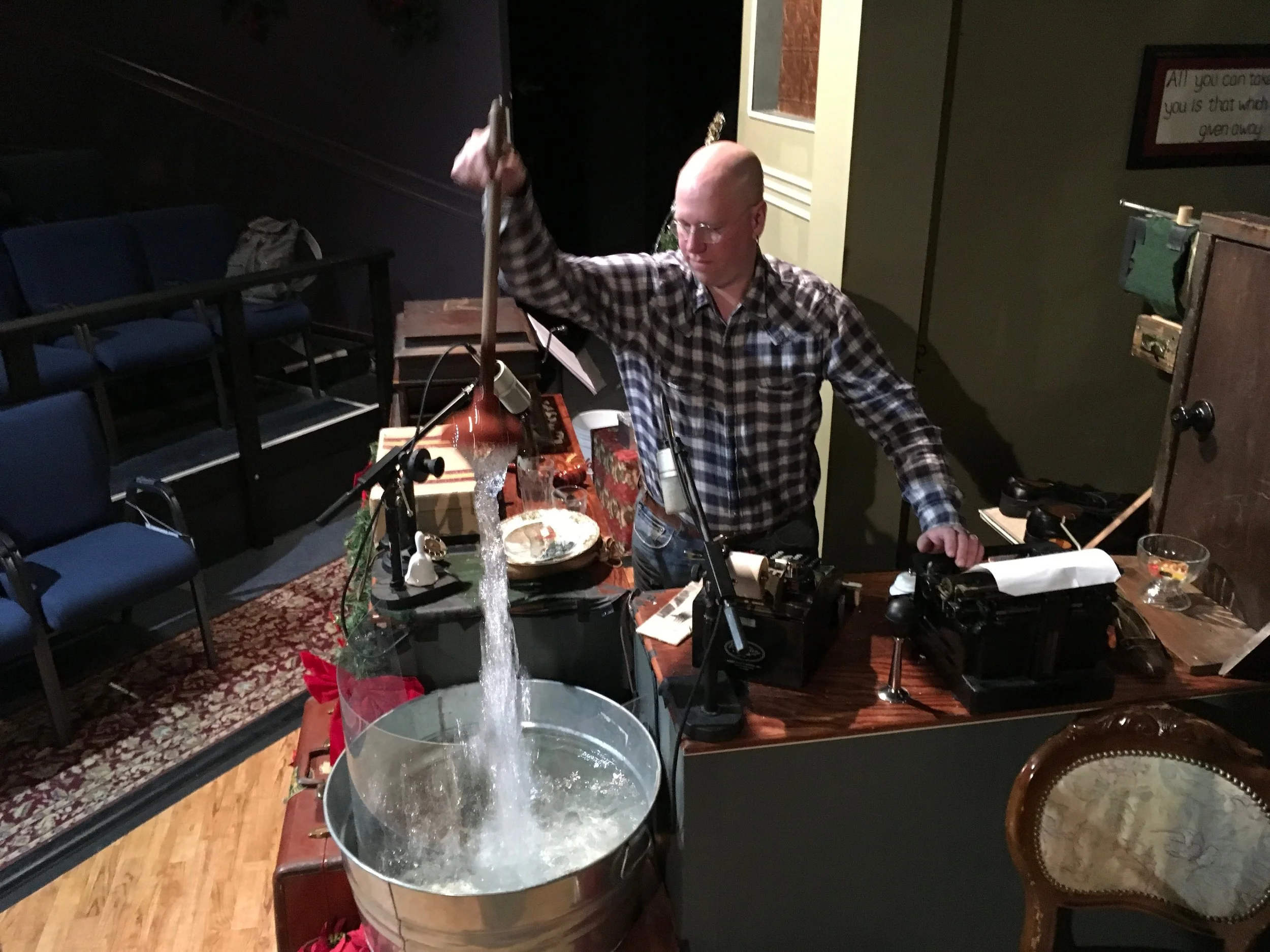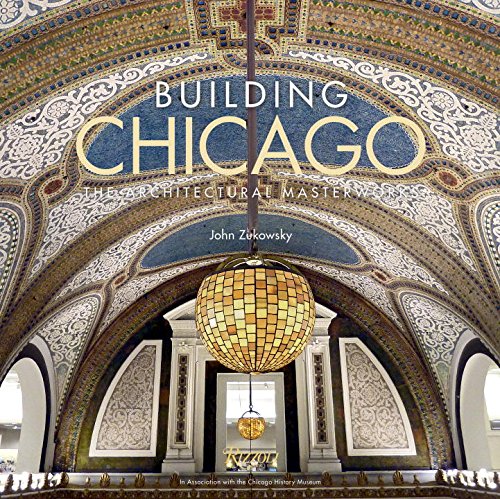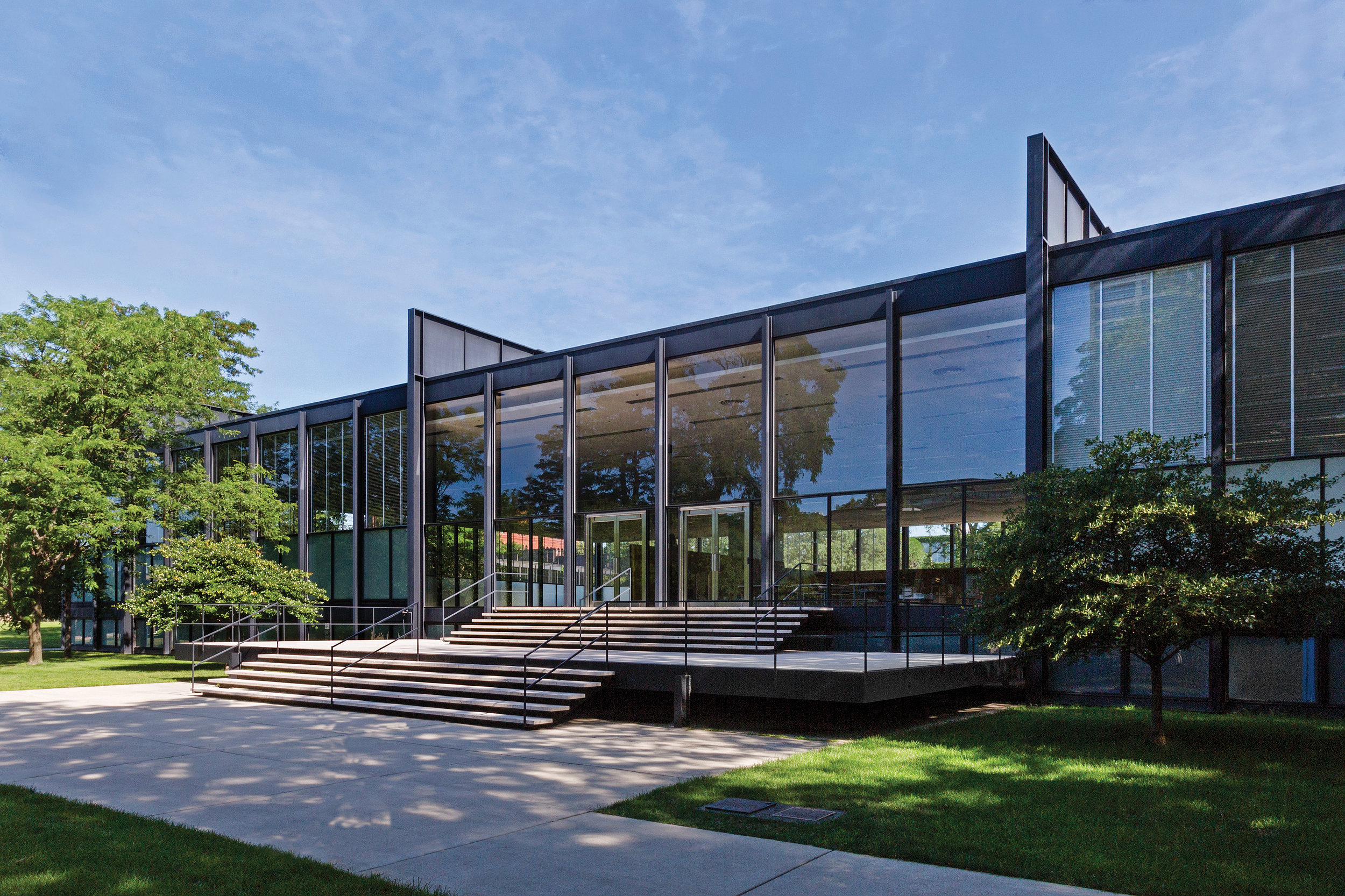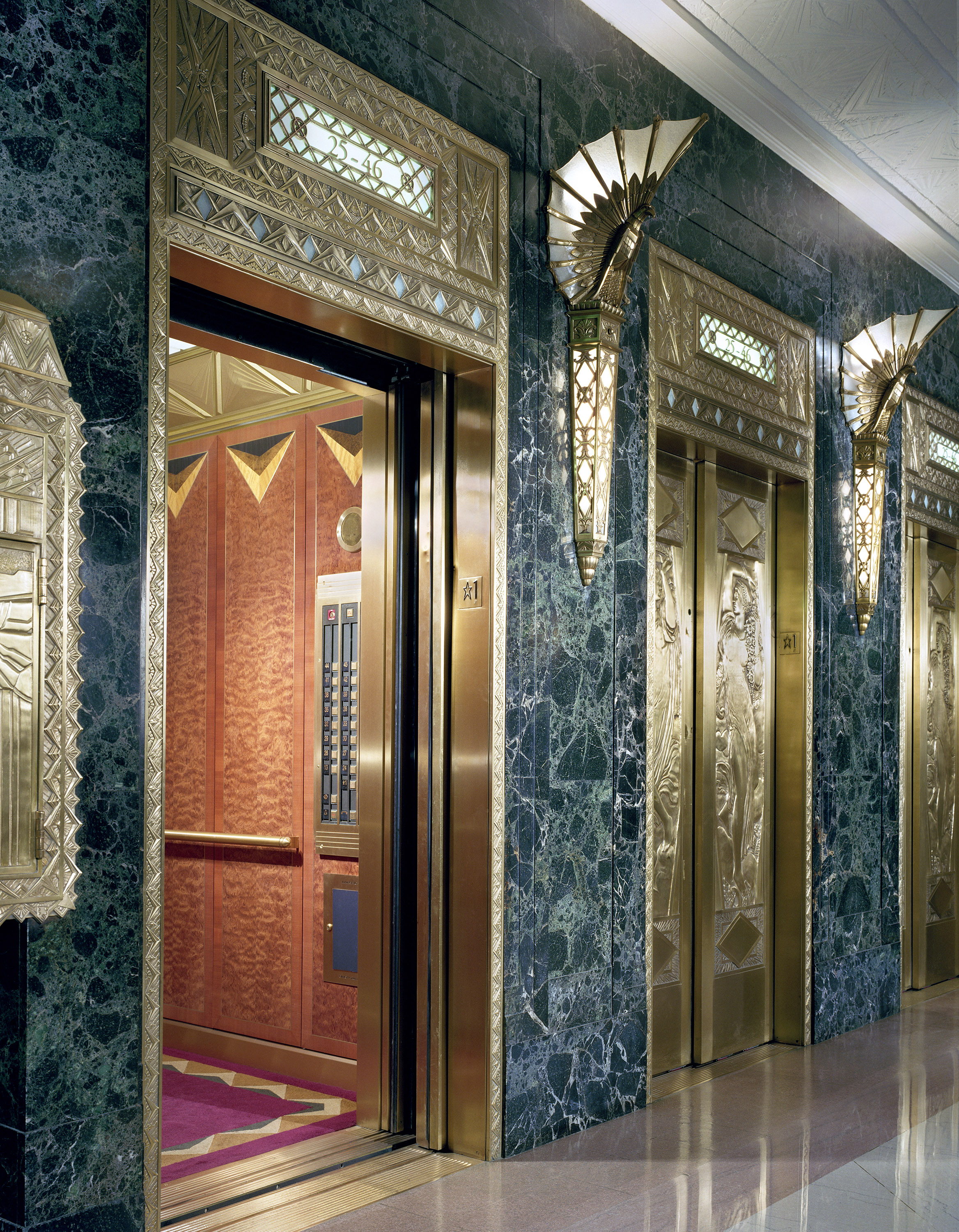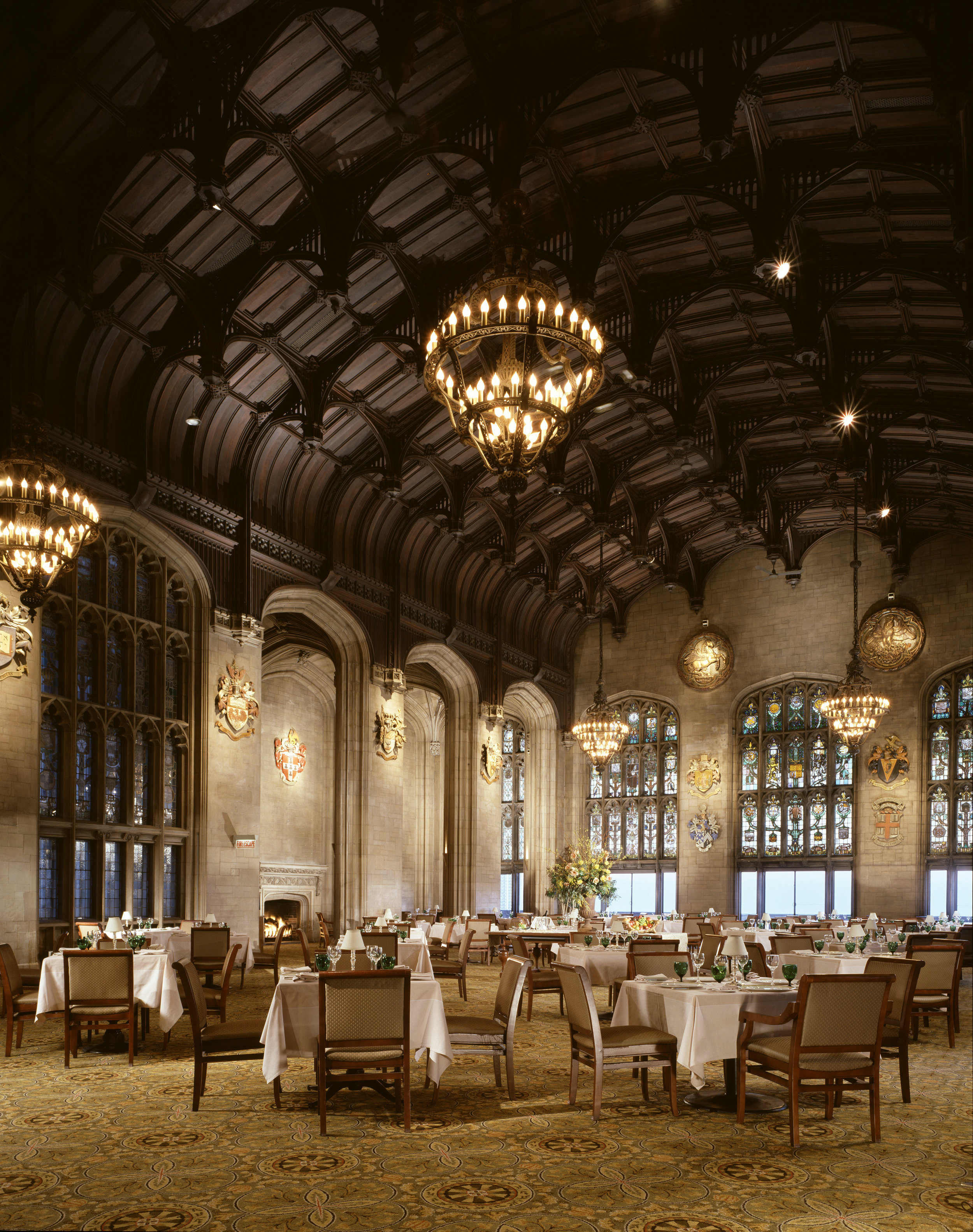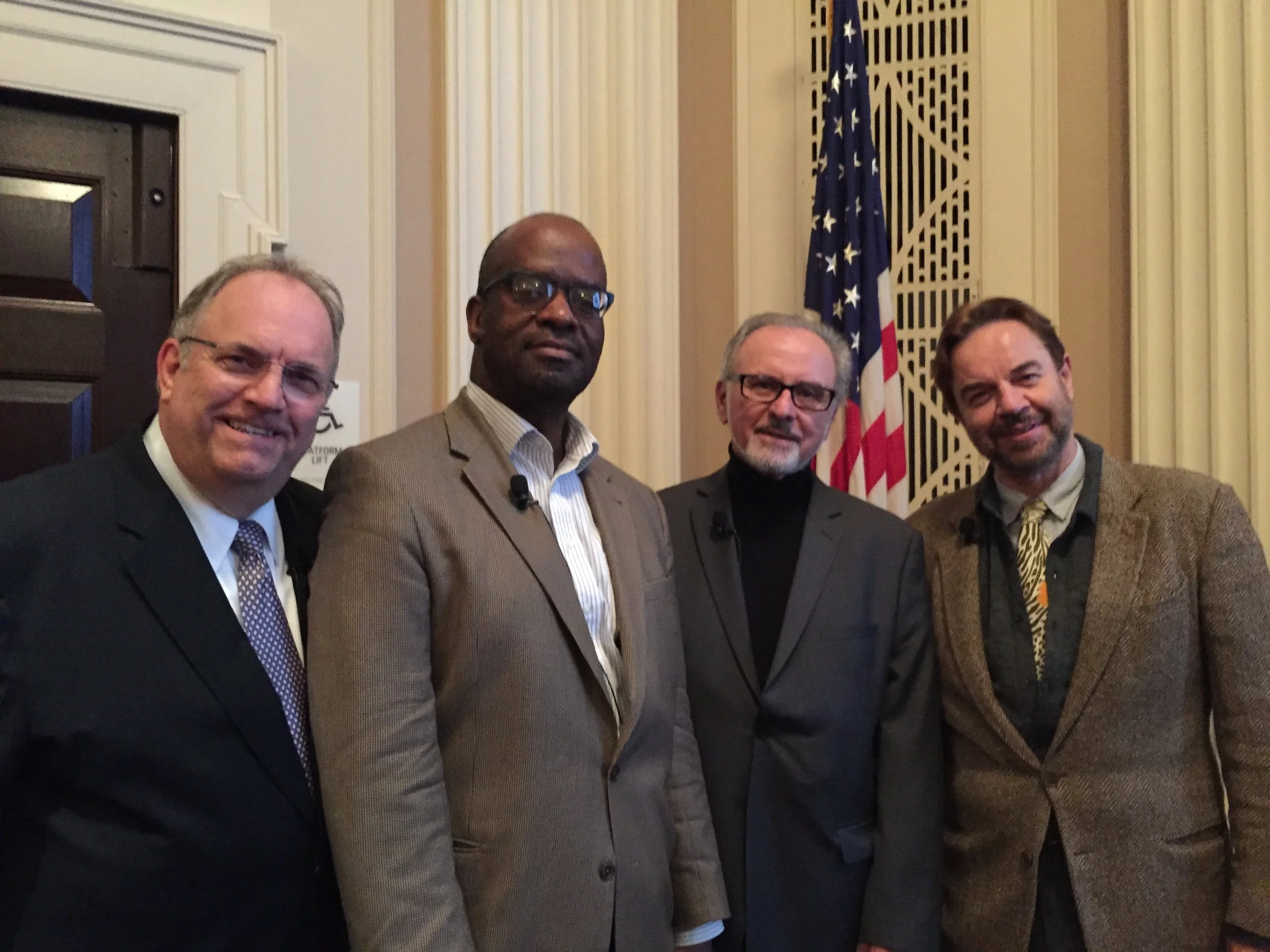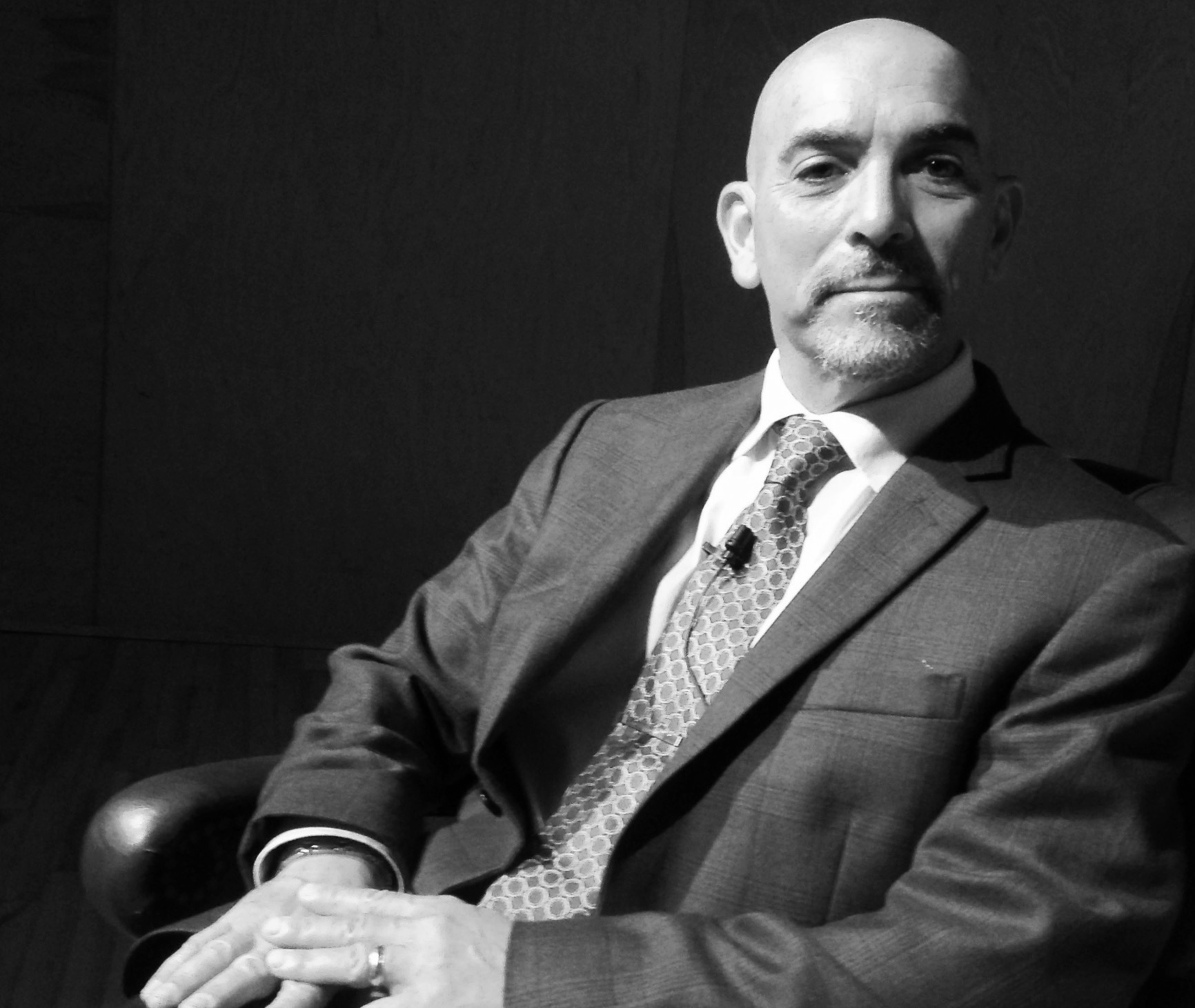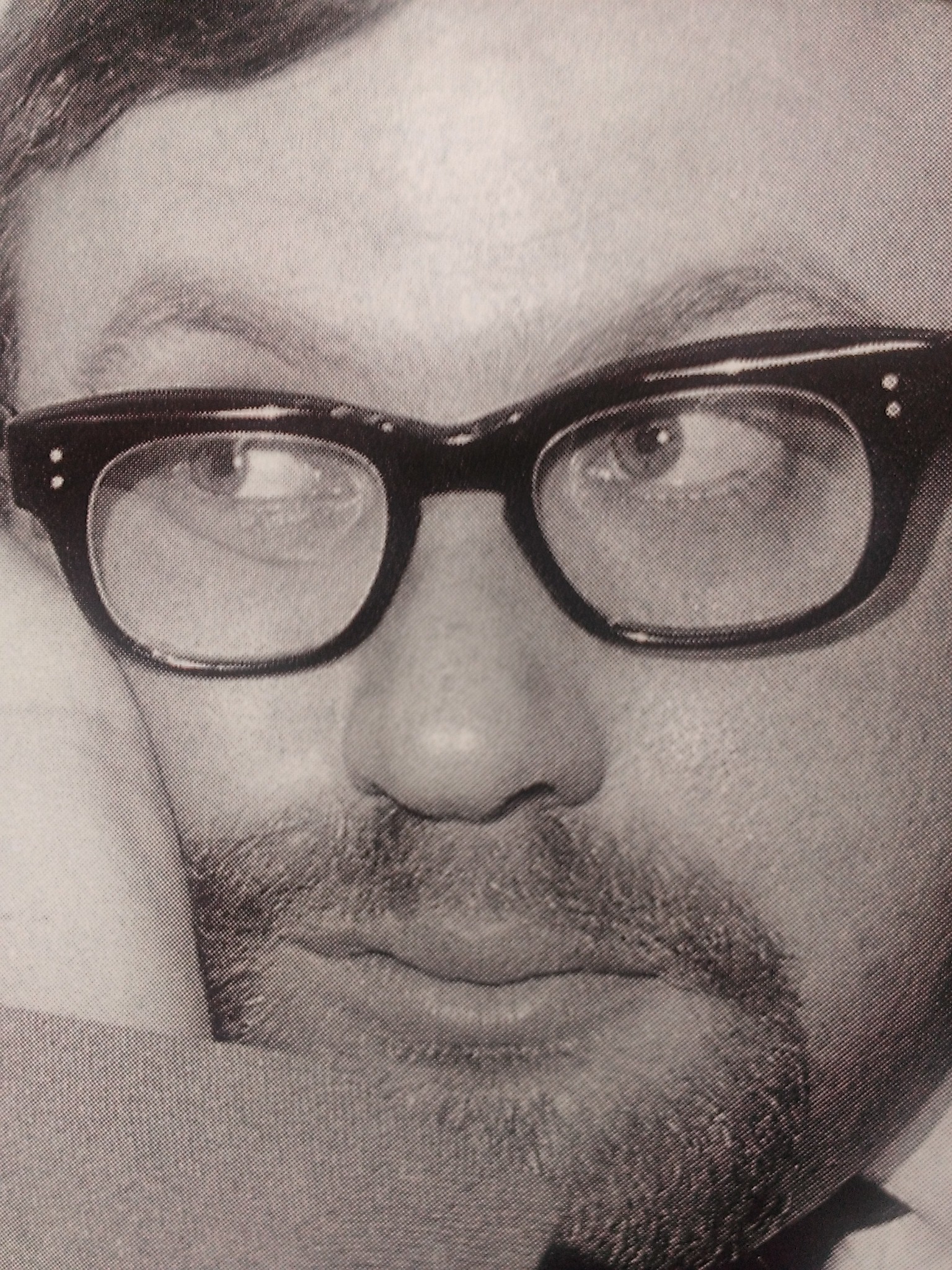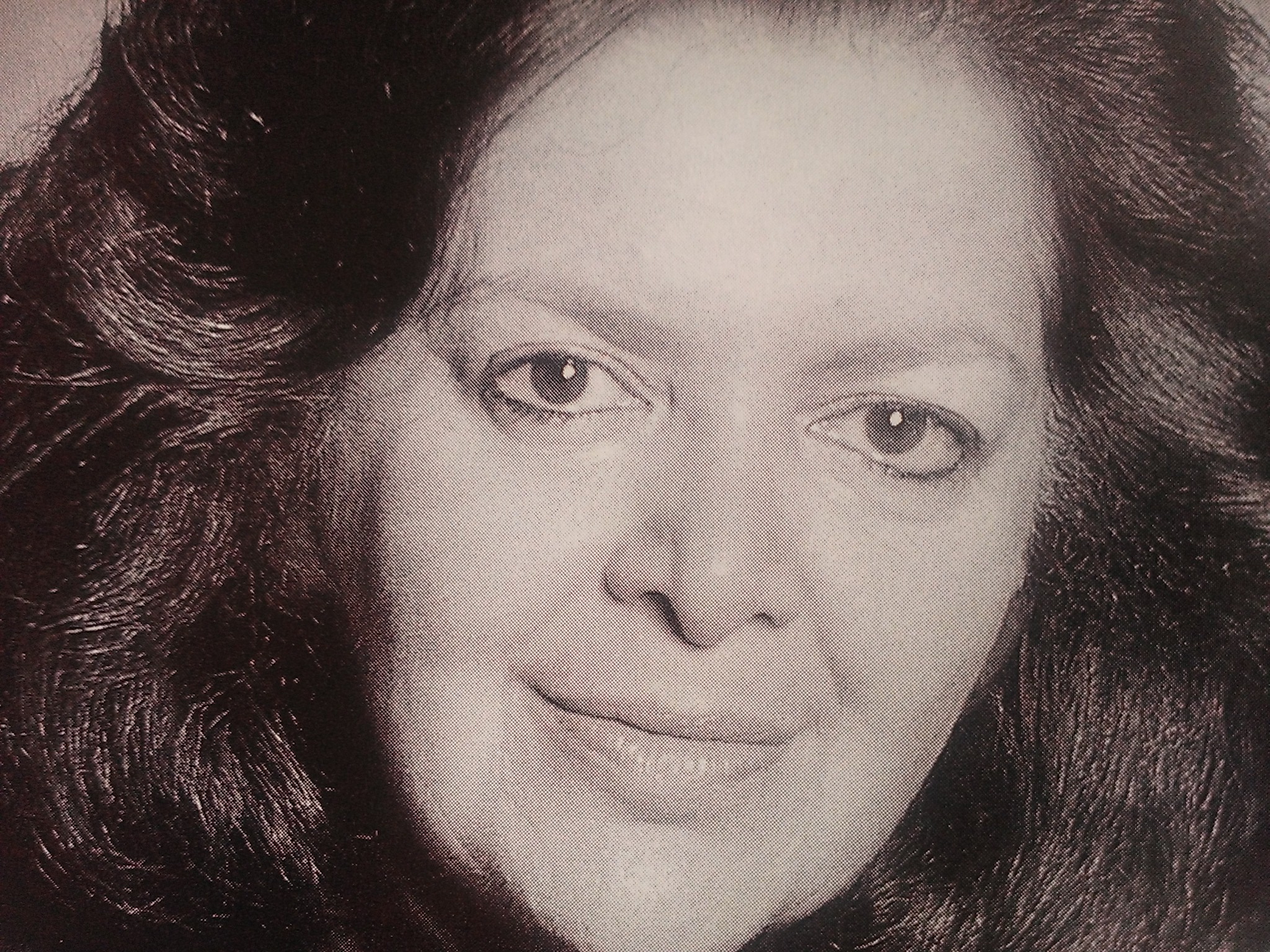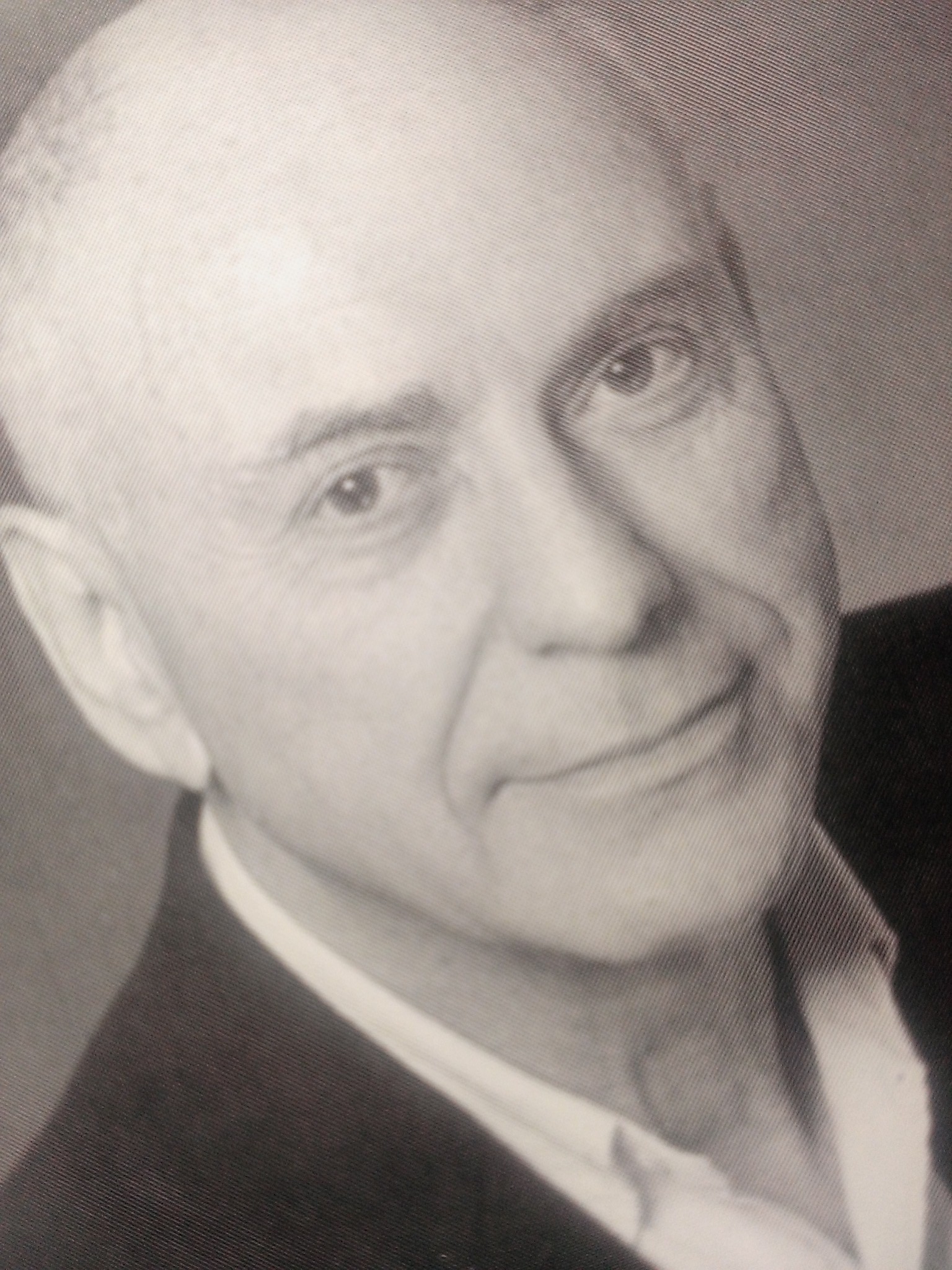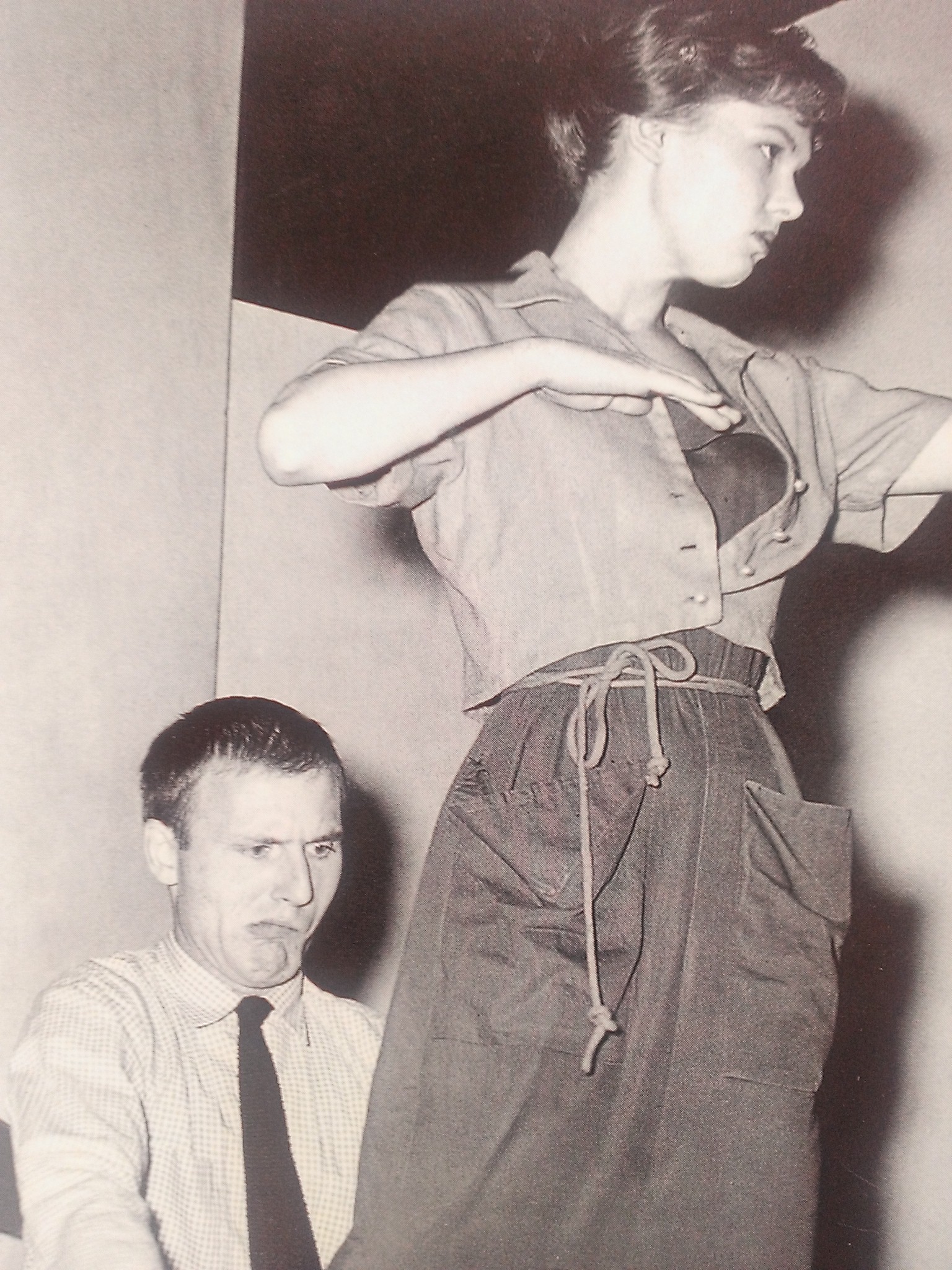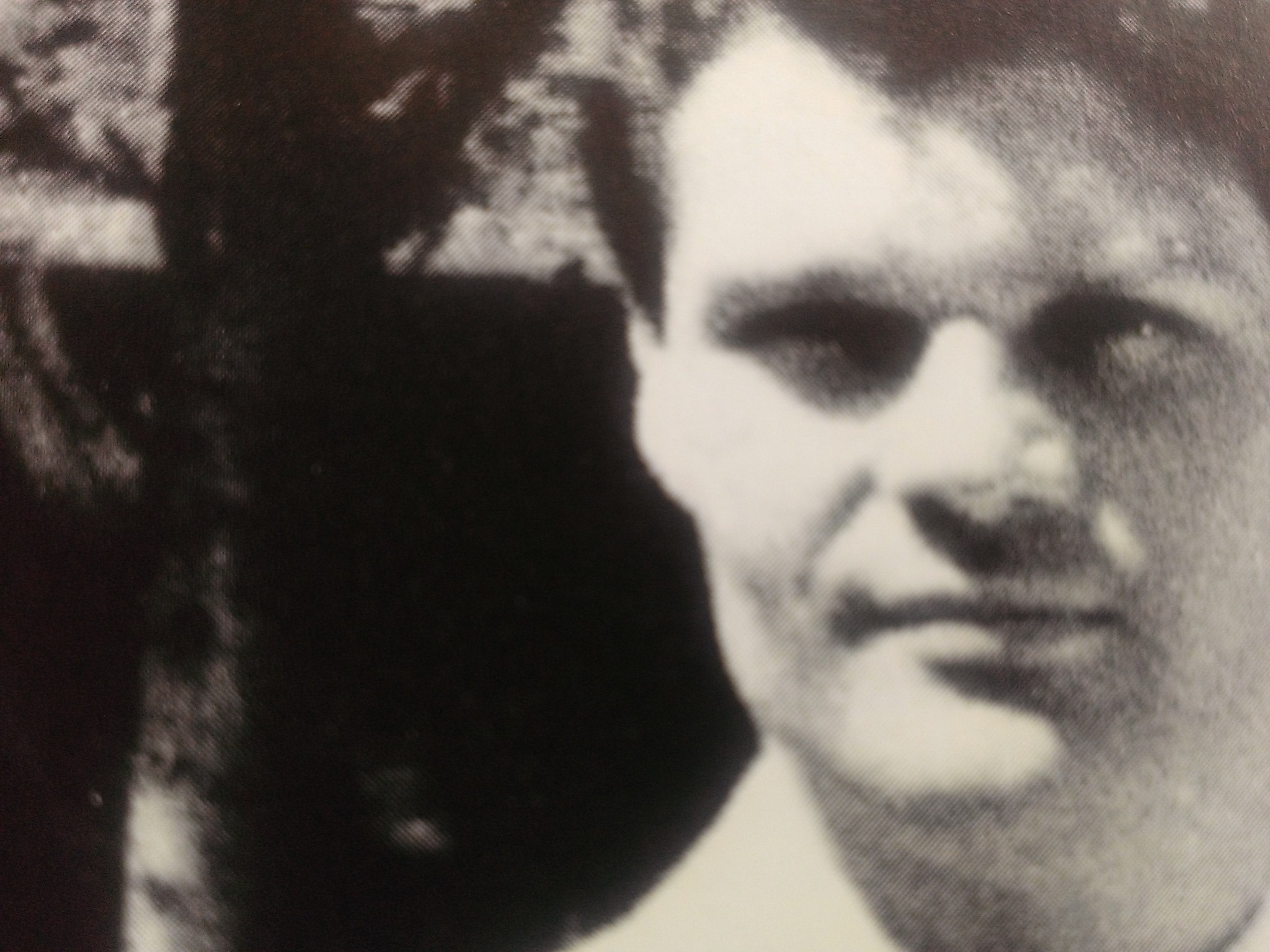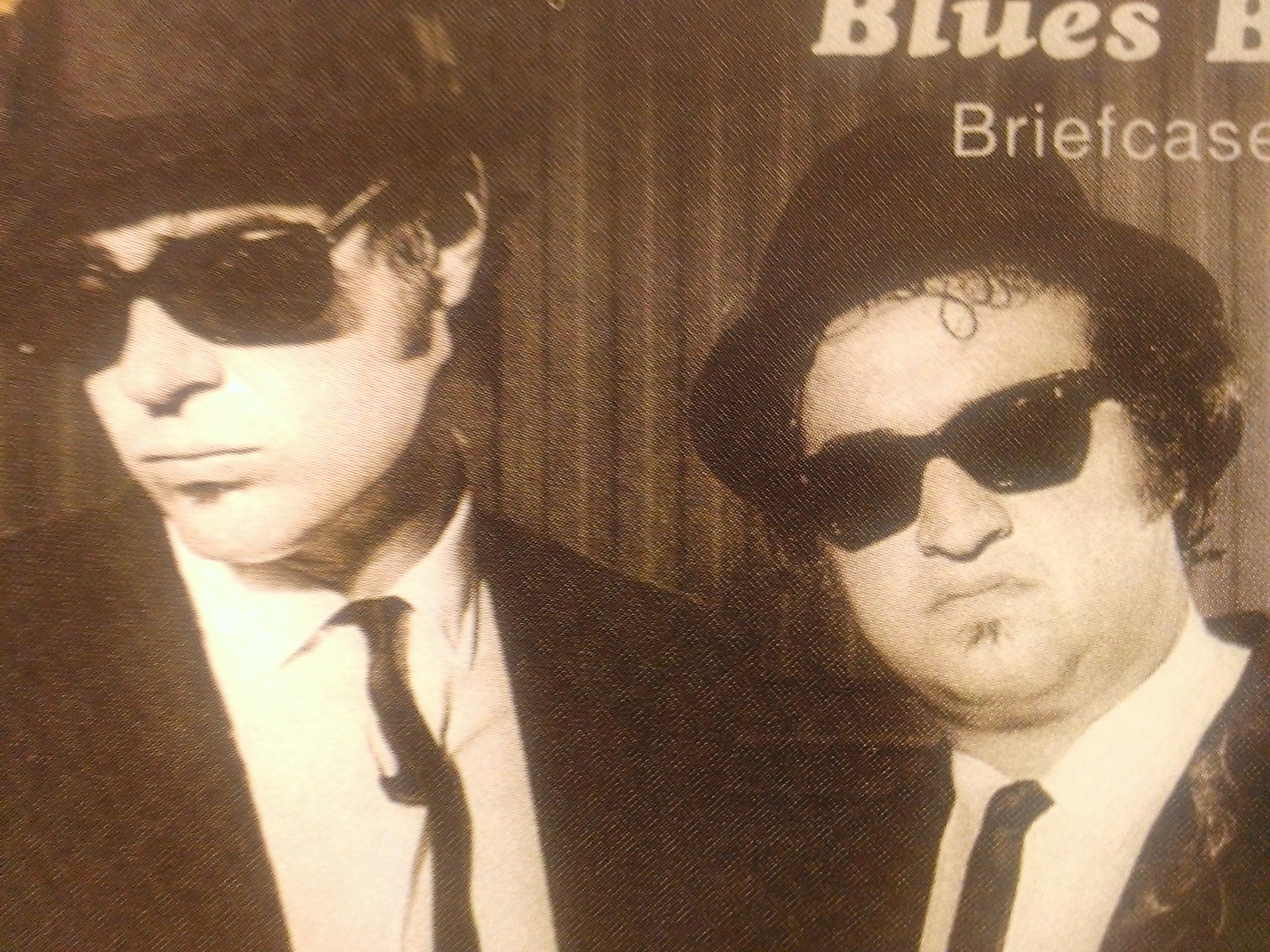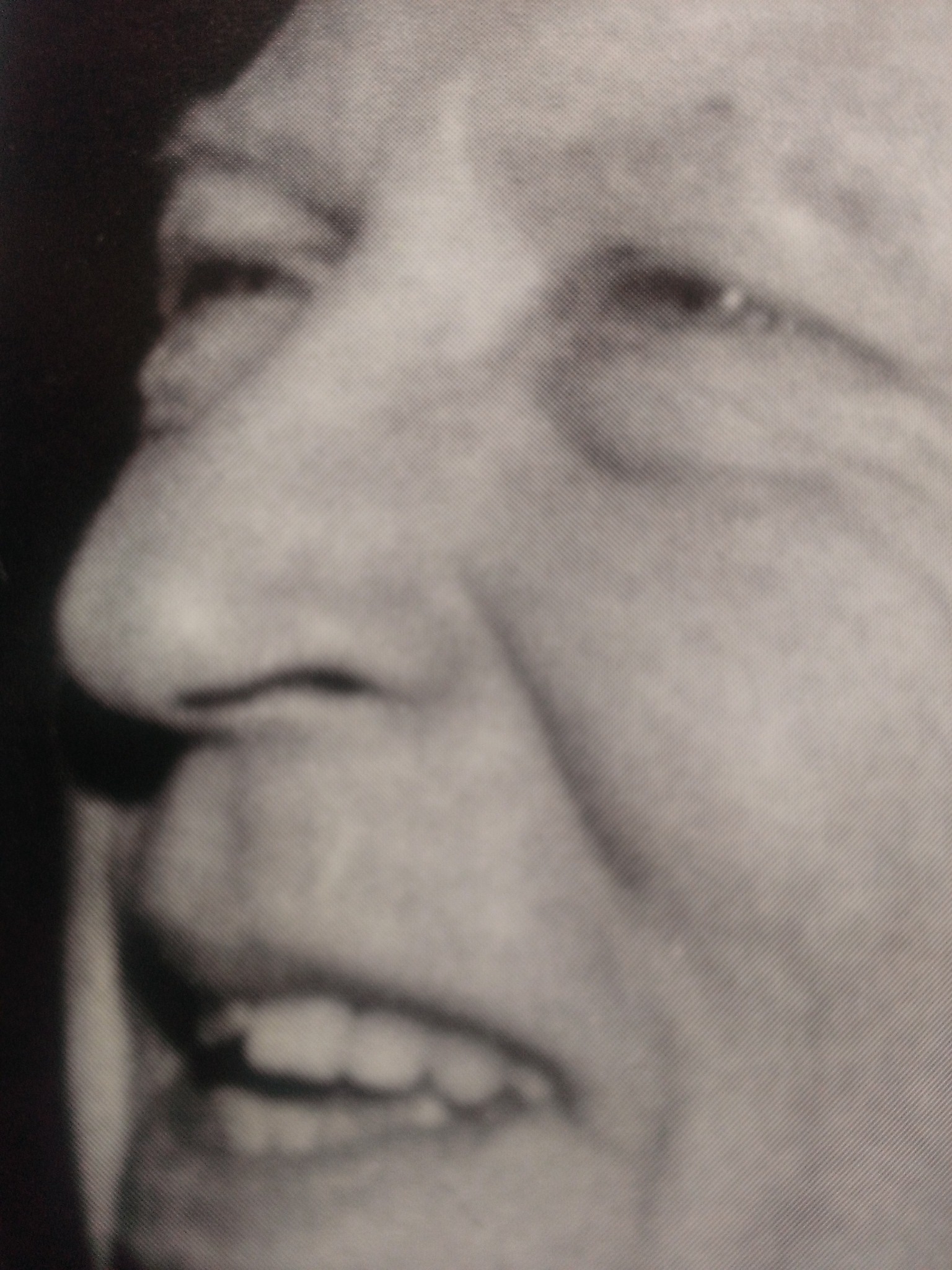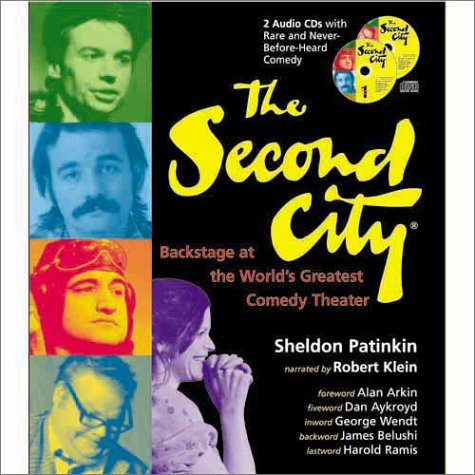ED KROSS - SHOOTING FROM THE HIP
You have seen Ed Kross. Everywhere. Dozens and dozens of times. Maybe on a cruise ship with Second City. Or during the three-year run of I Love You, You're Perfect, Now Change at Royal George, as the Tin Man in Wizard of Oz at Chicago Shakes, a tap-dancing monkey in Jungle Book at Goodman Theatre, or as the quirky studio host in I Love Lucy Live on Stage at the Broadway Playhouse.
There are two memorable roles as a bank manager on-camera opposite Tom Hanks, in Road to Perdition, and George Clooney in Oceans Twelve. Among his over 60 commercial appearances, Kross makes a copy machine selfie and shares a microphone with a dancing mini-wheat.
It is safe to say that Ed Kross is a natural born comic, actor, singer, and dancer. And while it was always part of the plan to pursue a theater and on-camera acting career, Kross says the key for him was to keep busy and apply some basic improv principles to his own life: be present, get out of your head, know the rules, learn skills, stay sharp and be sure to strive for balance in your life.
These days, as we found out in our conversation on April 14th, the witty Kross delivers a more serious turn as a police officer struggling with PTSD in the new Amazon Prime web series Patriot, a role that is on the other end of the acting spectrum from his early days aboard the Norwegian Epic with Second City.
Take an improv class …
“Even if you are not going to be an improviser or if you do not think you are funny, it teaches you to be present in the moment and to get out of your head … I am a big fan too of not following a linear path as far as training. Even if you are not a dancer, take a dance class. Take something just to move and get your body going. Take an improv class even if you are a dramatic actor because it may open up some parts of you that you had no idea you had. Take a pottery class … For Pete’s sake, take a class!”
On Being a Triple Threat …
“Thank you, that is very nice of you to say. I think I am more of a jack of all trades, master of none, type of guy but if you want to say triple threat, my mother will be thrilled.”
On Getting Noticed …
“Looking back I realize how hard it is when you are starting … That is why I always say take a class, do a play, keep yourself fresh because you never know who will be in the audience that night. Do good work. I honestly believe cream rises to the top.”
Working with the Wiz in Jungle Book …
“I understudied André [De Shields] and went on three times for him … let me tell ya, when people are expecting the Wiz and they get this kid from Brookfield, Illinois … I am not saying it was bad but people are always disappointed when there is any understudy on. I mean I was even disappointed when I was on … André won a Jeff for Jungle Book. He was so ridiculously good … We did eight shows a week and he busted his butt. I never saw him give any less at the Wednesday matinee than he gave on Saturday night. That is old school pro. When I went on for him, he sent me flowers. This guy is the real deal.”
On Building your Skillset …
“Skills can be learned … ear prompter, teleprompter, tap dancing and juggling can be learned. Learn some skills and I think the more skills you have the more you can work.”
Knowing your Strengths …
“I certainly love doing drama as much as doing comedy but it is about knowing your strengths. I am not going to kid myself. I have been a goof since day one. It is fun to flex some other muscles but I know where my bread is buttered.”






